Table of Contents
Introduction to Best Headphones for Your Cycling
Riding my bike has always been a liberating adventure, with the wind blowing through my hair, the wheels rapidly hitting the tarmac, and the smell of the street. But while the cyclists used to stick to the rhythm of their tunes, now they not only increase their pleasure but also enhance their efficiency and health.
A lot of sound was included in the bike ride amidst its difficulties, especially in the selection of the top pair. This post will guide you on the main things to be on the lookout for when selecting the best headphones for cycling, as well as the best models on the market. Finally, we will talk about the part regarding safety issues and how to deal with them.

The Soundscape of Cycling: Why Choosing the Right Headphones Matters or Best Headphones For Cycling
Music is the very inward sign that many modern cyclists find impossible to be without when working out. It is the one factor that spares, pleases, and makes us into better athletes. Bluetooth-enabled headphones are not only convenient, but in the case of outdoor workouts or even on a stationary bike, some facts need to be taken into account.
Safety First
The safety of the cyclist, as well as the safety of the persons using cars, buses, or other vehicles, trailblazers, runners, and pedestrians as well, should always be the priority. A pair of the best headphones for cycling with the perfect fit doesn’t have to block one’s attention from the environment.
Balancing Quality and Comfort
Locating the correct best headphones for cycling is not only an issue of security but also finding the ones that allow you to better entertain yourself, which is especially good during your commute. The best headphones should help to create favorable listening conditions, as they should allow for prolonged use with high-fidelity sound. Also, the sound should have balanced elements of motivation that propel you forward.
Durable Design
People do not define cycling as a smooth ride. The best headphones for cycling must not only be capable of being immersed in different weather conditions, such as rain and sweat, but also be shock-resistant enough to withstand the inevitable drop that comes along with them being used outside.
Riding into Sound: The Top 5 Best Headphones For Cycling
Here is a roundup of the top five best headphones for cycling that cater to the needs of cyclists, offering a blend of safety, sound quality, and durability.
1. Bone Conduction Transducers
The bone-conduction best headphones for cycling like the Aftershokz Aeropex and the Vidonn F1 give a different solution to becoming an earphone. However, through the thin vibrations of the cheekbones, they leave the ears open, allowing bike riders to enjoy their music without interfering with their hearing, which must be a hot-button safety issue for cyclists. Having an ear-clear design also guarantees that you can go along with your music without isolating the outer sounds or background noise.
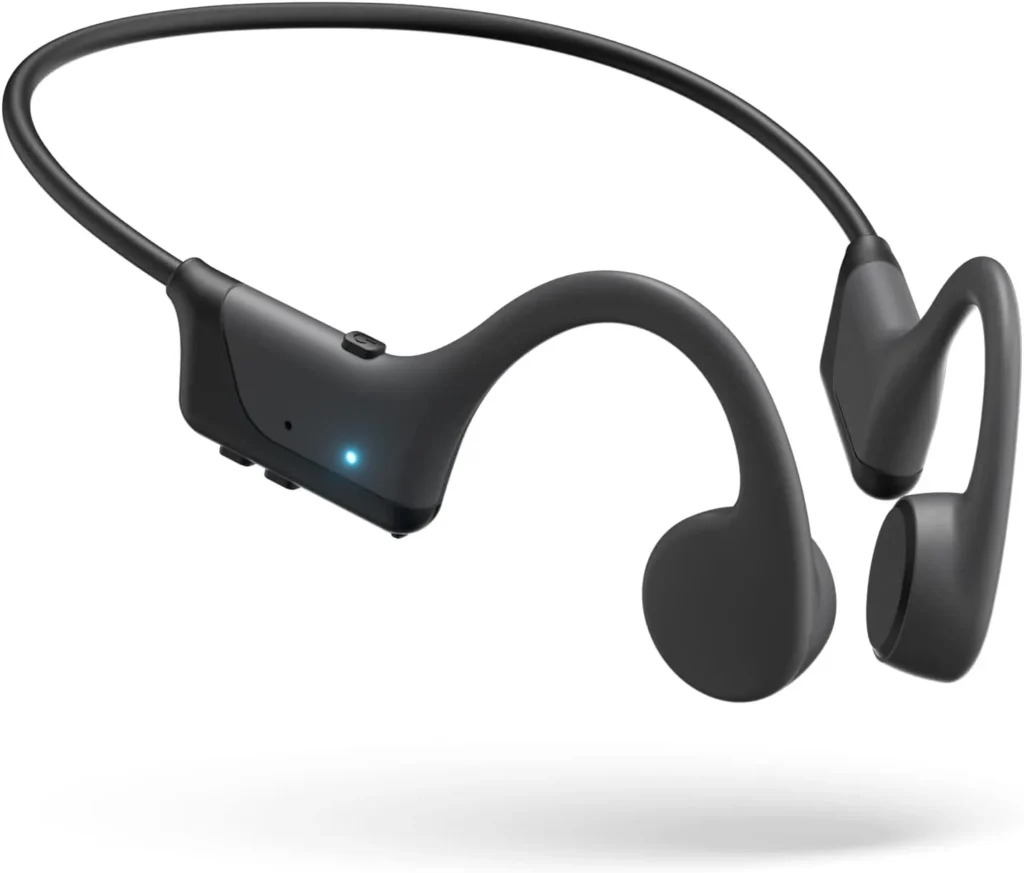
- Features:
- Open-ear design enhances safety by allowing cyclists to hear ambient sounds like traffic.
- Comfortable fit without blocking the ear canal.
- Ideal for outdoor activities where situational awareness is crucial.
- Benefits:
- Enhanced safety: Cyclists can enjoy music while remaining alert to their surroundings.
- Comfortable wear: No earbuds mean no discomfort during long rides.
- Versatility: suitable for various outdoor activities beyond cycling.
2. Wireless In-Ear Headphones
With the abandonment of wired best headphones for cycling, new releases now offer true wireless earbuds like those from Jaybird Vista with excellent sound quality and a secure fit within your ears. They have a particularly sticky base that is known to even stay on when cycling becomes rough. Of which several are also water resistant; they just can’t stand extreme rain or sweat.
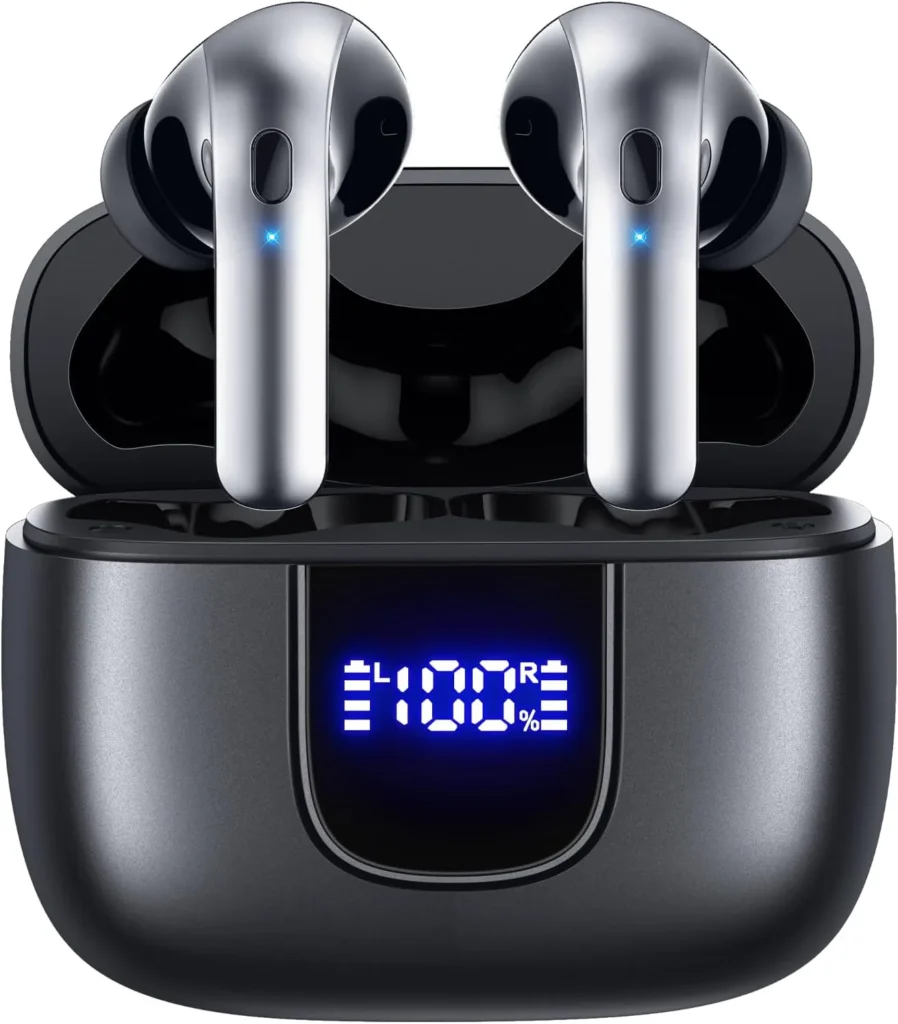
- Features:
- True wireless design eliminates the hassle of tangled cords.
- Waterproof construction ensures durability against sweat and light rain.
- Secure Fit stays in place during intense cycling sessions.
- Benefits:
- Uninterrupted freedom: No cords means no distractions during rides.
- Durability: Resistant to sweat and moisture for long-lasting performance.
- Enhanced comfort: designed to stay put, even during vigorous activities.
3. Neckband Headphones
If you are the type who likes the best headphones for cycling that sit tightly against the neck but at the same time can’t obstruct your movements, then collared headsets are ideal for you. Bose SoundSport Wireless headphones, in particular, generate really clear sound, but at the same time, you become isolated from the world.
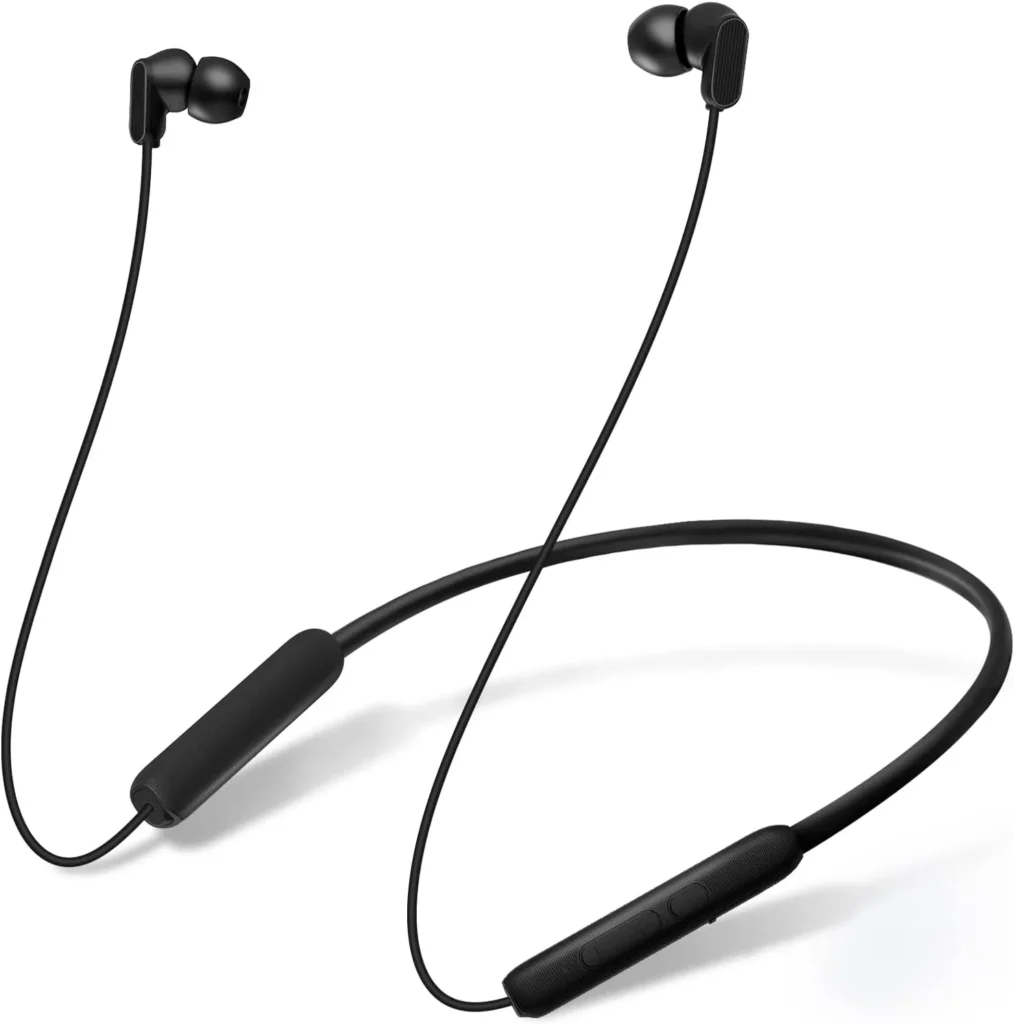
- Features:
- The neckband design provides stability and comfort during workouts.
- Premium audio quality without isolating the wearer from the surroundings.
- Bluetooth connectivity for wireless convenience.
- Benefits:
- Comfortable wear: The neckband design ensures a secure fit without pressure on the ears.
- Environmental awareness: Allows cyclists to hear ambient sounds for safer rides.
- Versatile usage: suitable for both casual listening and intense workouts.
4. Wired Sports Earphones
For elephants, wired earphones are still good to go with good sound without requiring charging. Yes, the Inspire 100 lacks the wireless ones’ conveniences, but on the plus side, it is sturdy and fits well.
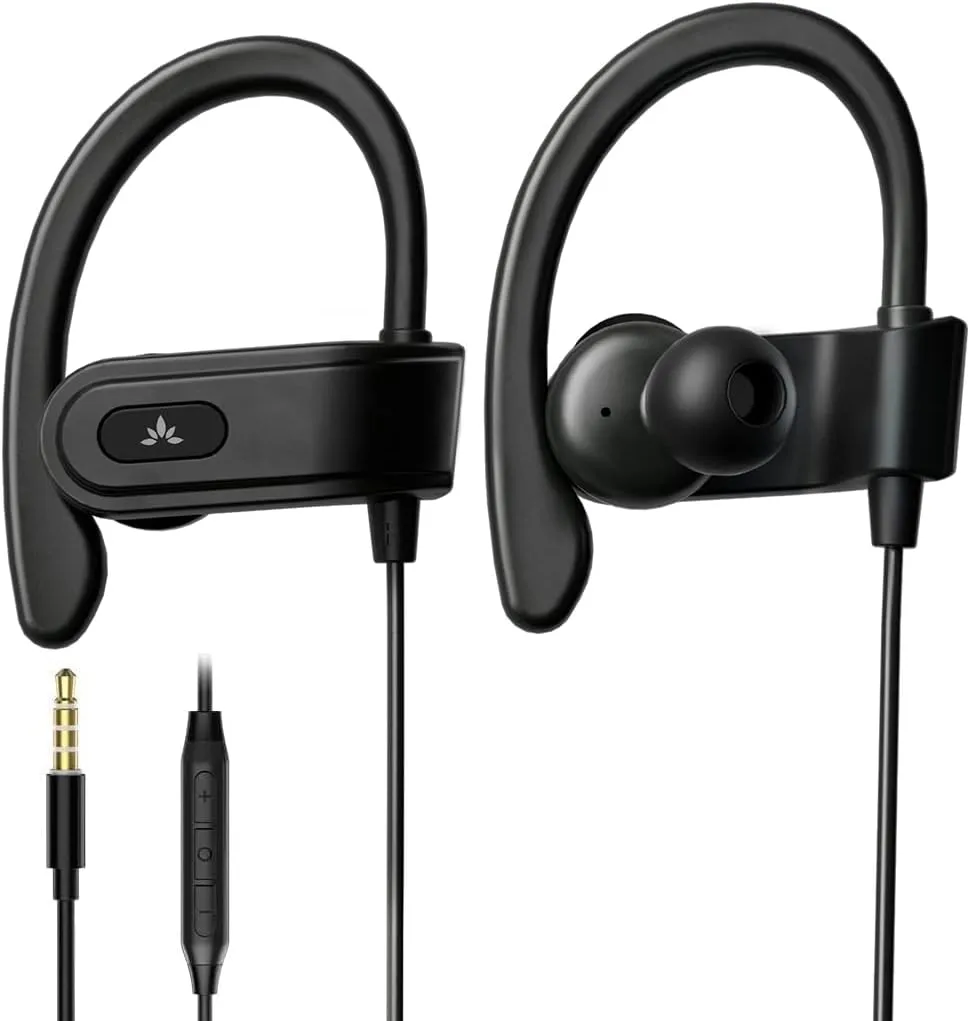
- Features:
- The wired design eliminates the need for battery charging.
- Rugged construction ensures durability against wear and tear.
- Secure fit for stable performance during physical activities.
- Benefits:
- Dependable performance: No need to worry about battery life or connectivity issues.
- Durable construction: built to withstand the rigors of outdoor activities.
- Cost-effective: A budget-friendly option for cyclists who prefer wired audio solutions.
5. Helmet-Integrated Audio Systems
The raving cycling audiophile swaps its conventional audio system for helmet-based audio systems such as the Coros LINX. There is a new possibility with these systems, in which high-quality sound is provided but the ears remain open for hearing outdoor sounds, making them the safest to use.
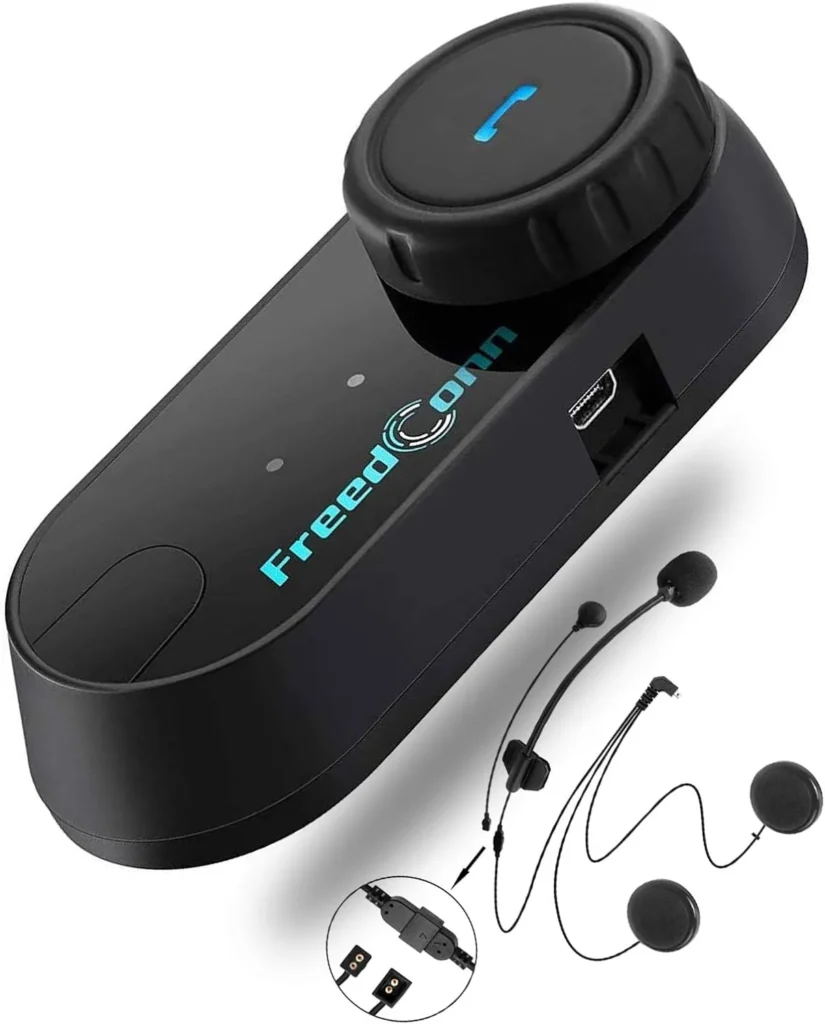
- Features:
- Integrated into the helmet for a streamlined and minimalist design.
- Premium audio quality without blocking the ears.
- The open-ear design allows cyclists to hear surrounding sounds for enhanced safety.
- Benefits:
- Ultimate safety: Cyclists can enjoy music without compromising their ability to hear traffic and other environmental cues.
- Seamless integration eliminates the need for additional accessories or devices.
- Immersive experience: Enjoy high-quality audio without sacrificing awareness of the surrounding environment.
Riding to the Beat: Safety Tips for Using Headphones on Your Bike
Safety certainly allows us music lovers to have fun with music while hanging out on a ride, but it’s important to keep in mind several recommendations to stay safe.
Stay Aware
It doesn’t matter what kind of best headphones for cycling you pick, they won′t be capable of stopping you from being aware of the world around you completely. Volumes should be kept as loud enough to still be able to pick up sounds from passing cars and roads but so as not necessarily to turn off volumes to hear these things.
Single Ear Use
One cycler option would be to use just one earbud. This method is a trade-off between using music to enjoy a walk and staying aware of other people or situations around you because it facilitates listening both to music and to outside noise.
Control the Volume
The rhythm and music of a fitness class can be infectious, but keep in mind to keep the level of intensity reasonable. The production of unnecessary noise over a long period is powerful enough to cause ear damage and also becomes a distracting factor for cyclists and motorists from the important sounds on the road.
Harmonizing Your Ride: The Ultimate Best Headphones For Cycling Accessory
It is not only the best headphones for cycling that are important. Some accessories can help you enjoy the cycle further.
Ear Hooks and Clips
Ear hooks have a preventive effect against the in-ear best headphones for cycling falling off, as the ear hooks provide an extra layer of security for the cycle of movement. They let you run in all-terrain music.
Lanyards and Tethers
Lanyards and tethers that can pair with your phone and that are rugged might be an innovative solution to that. The accessories here are the accessories that connect your kit to you or you to the kit, or it is a piece of gear that can be safely kept on you when it is disconnected from your headphones.
Multi-Use Cases
Use a reliable case that can carry your pair of best headphones for cycling and other equipment for your workout, like the keys, ID, and a few energy gels.
In Conclusion: The Soundtrack to Safe Cycling
Biking conjoined with music may lead to greater enthusiasm and inspiration, which in turn only add to the mix of impressions you carry around while biking. Just embrace a cautious safety stance and take the right best headphones for cycling to get a mixed cup of stimulation and responsibility. I advise comfort-cycle headphones that cover ears without depriving riders of surrounding sounds, resulting in smooth listening while generating a ride-perfect effect.
FAQ’s
Is it possible that I can use the noise-canceling headphones in the cycling?
While noise-canceling headphones are okay for other activities, I would not recommend them for cycling. These headphones do not let you hear your surroundings and therefore it can lead to unsafe riding conditions (You are not able to hear incoming cars, trucks, bikes, or other riders).
Will my cycling be interrupted or distracted if I use over-ear headphones is the next question that I have in mind.
Fortunately, headphones in the form of over-ears can be applied. The problem is these are not as convenient and safe as other sports headphones. As for In-ear and bone-conduction headphones, they put more pressure on the ears and exhaust their users to the point of becoming uncomfortable.
What is the average battery life of cycling headphones?
The battery life of cycling headphones varies but generally ranges from 6 to 12 hours, provided you keep them charged. This is usually sufficient for most rides, but it’s always a good idea to keep an eye on their charge before heading out.
